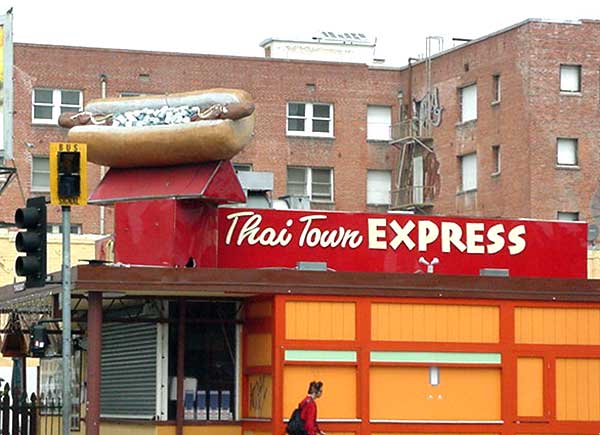Topic: Light and Shadow
Easy on the Eyes
Thursday, April 6, 2006 - Hollywood Forever Memorial Park - just trying to get the ripples right -
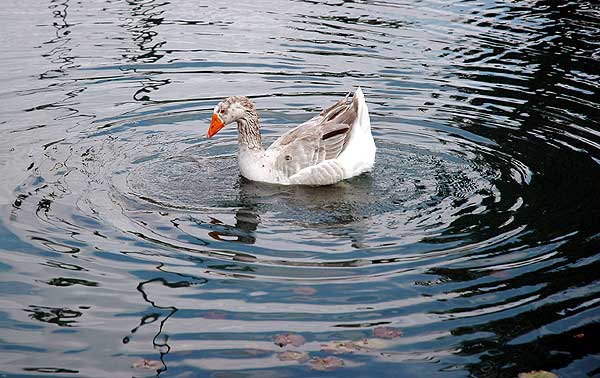


| « | April 2006 | » | ||||
| S | M | T | W | T | F | S |
| 1 | ||||||
| 2 | 3 | 4 | 5 | 6 | 7 | 8 |
| 9 | 10 | 11 | 12 | 13 | 14 | 15 |
| 16 | 17 | 18 | 19 | 20 | 21 | 22 |
| 23 | 24 | 25 | 26 | 27 | 28 | 29 |
| 30 | ||||||




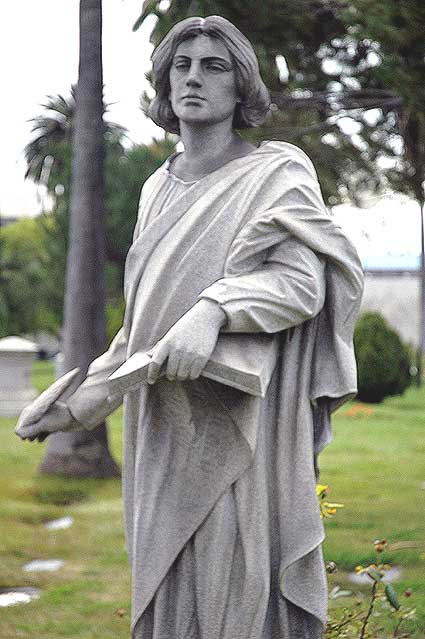 A few sites of interest out here, like this (right), "The Keeper of the Watch" at the Hollywood Forever cemetery down on Santa Monica Boulevard, just behind Paramount Studios. This is at the complex of monuments related to the Los Angeles Times - the first being the grave of Harrison Gray Otis. Otis started the paper. Next to that, the tomb of his son-in-law, Harry Chandler, who ran the paper until his death in 1944, and Otis' daughter Marion Otis Chandler, and next that a massive monument to the victims of "The Crime of the Century" - the twenty who died when the Times was bombed in October 1910.
A few sites of interest out here, like this (right), "The Keeper of the Watch" at the Hollywood Forever cemetery down on Santa Monica Boulevard, just behind Paramount Studios. This is at the complex of monuments related to the Los Angeles Times - the first being the grave of Harrison Gray Otis. Otis started the paper. Next to that, the tomb of his son-in-law, Harry Chandler, who ran the paper until his death in 1944, and Otis' daughter Marion Otis Chandler, and next that a massive monument to the victims of "The Crime of the Century" - the twenty who died when the Times was bombed in October 1910.And it never really recovered out here. (Heck, the two had also blown up the Llewellyn Iron works in Los Angeles on Christmas day of the same year - they weren't nice men.)On 1 October 1910 the Los Angeles Times building exploded under mysterious circumstances. The blast was felt throughout the area. One survivor said, "Frames and timbers flew in all directions. The force of the thing was indescribable." Employees of the Times tried to escape the flames, and some jumped from windows without safety nets below. A few hours later, nothing remained but smoldering debris. Twenty people died in the explosion.
Harrison Gray Otis, the antiunion publisher of the Times, blamed organized labor and dubbed it "The Crime of the Century."
Organized labor responded by blaming Otis, asking, "Are his own hands clean?" AFL president Samuel Gompers disavowed union participation in the tragedy, arguing that urban terrorism would actually hurt labor's cause.
Famous detective, William J. Burns was hired to investigate the blast. He played a hunch and was led to the International Association of Bridge and Structural Iron Workers (BSIW), located in Indianapolis, Indiana. Burns suspected that the union's secretary, John J. McNamara, had directed the attack. The detective set up a trap in a Detroit hotel on 12 April 1912 and arrested McNamara, his brother James, and another accomplice named Ortie McManigal. In McNamara's suitcase Burns found guns and six lock mechanisms similar to those used in Los Angeles.
On 12 July both brothers pleaded not guilty and set off a chaotic atmosphere in the courtroom. Clarence Darrow, one of America's most famous lawyers, represented the McNamara brothers, although reluctantly, because he felt the prosecution's case was. solid. After the first month the attorneys had selected only eight jurors and showed no signs of hurrying the process. On 1 December 1912 the defendants dramatically reversed their pleas. James pleaded guilty to the Los Angeles explosion, while John answered to a lesser charge in a separate bombing. Darrow explained the decision: "It was our only chance... It was in an effort to save J. B. McNamara's life that we took the action."
Judge Bordwell, reacting to the public's outrage, sentenced James McNamara to life imprisonment and John to fifteen years of hard labor.
The McNamara case led to heavy financial losses and declines in membership for all Los Angeles unions. The public backlash hurt the AFL, and Samuel Gompers received criticism for supporting the brothers. Not only had the McNamara's blown up a building and taken lives, they also destroyed the labor movement in Los Angeles.
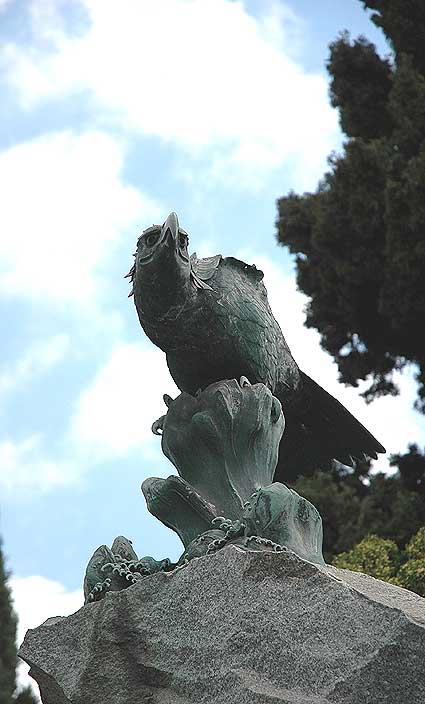
Directly across the alley from all this, a weeping figure.
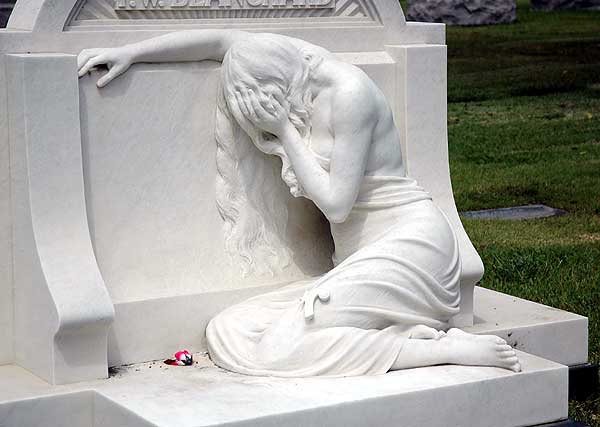
Photographs - April 6, 2006
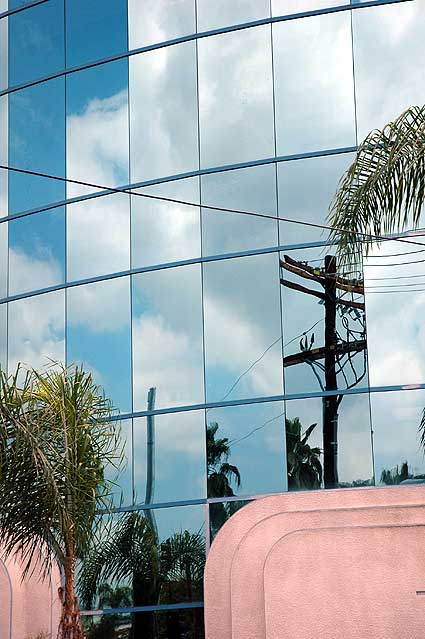 On the right, light and shadow on the new façade of Raleigh Studios, at the corner of Melrose Avenue and Bronson in Hollywood, in the scruffy flats below Hollywood Boulevard, below Sunset Boulevard too, a long block south of even Santa Monica Boulevard. In a mixed industrial and residential area, Raleigh Studios isn't open to the public. There's work to do here, and this is the longest continuously operating studio in the country, having stared operations in 1915 with a Mary Pickford production. With the talkies Raleigh Studios had one of the world's first soundstages - with a glass top so light could enter without disrupting sound recording. It's changed ownership many times, and lots of people called it home at one time or another - Douglas Fairbanks, Lillian and Dorothy Gish, Walt Disney and Bette Davis (the interiors for her creepy, second-rate Whatever Happened to Baby Jane? were filmed here).
On the right, light and shadow on the new façade of Raleigh Studios, at the corner of Melrose Avenue and Bronson in Hollywood, in the scruffy flats below Hollywood Boulevard, below Sunset Boulevard too, a long block south of even Santa Monica Boulevard. In a mixed industrial and residential area, Raleigh Studios isn't open to the public. There's work to do here, and this is the longest continuously operating studio in the country, having stared operations in 1915 with a Mary Pickford production. With the talkies Raleigh Studios had one of the world's first soundstages - with a glass top so light could enter without disrupting sound recording. It's changed ownership many times, and lots of people called it home at one time or another - Douglas Fairbanks, Lillian and Dorothy Gish, Walt Disney and Bette Davis (the interiors for her creepy, second-rate Whatever Happened to Baby Jane? were filmed here).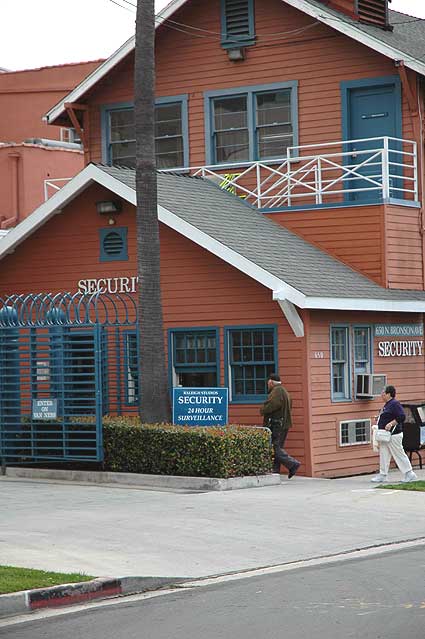
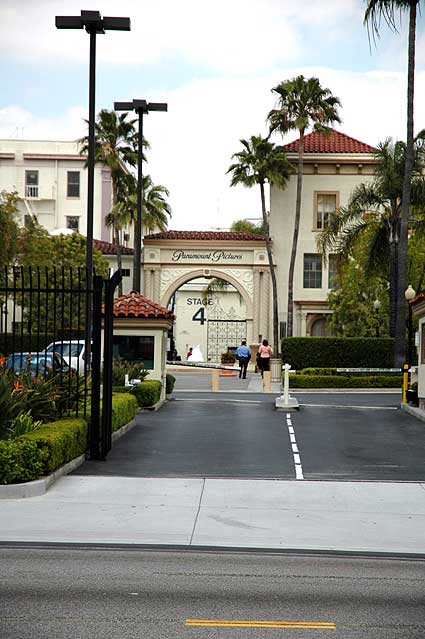
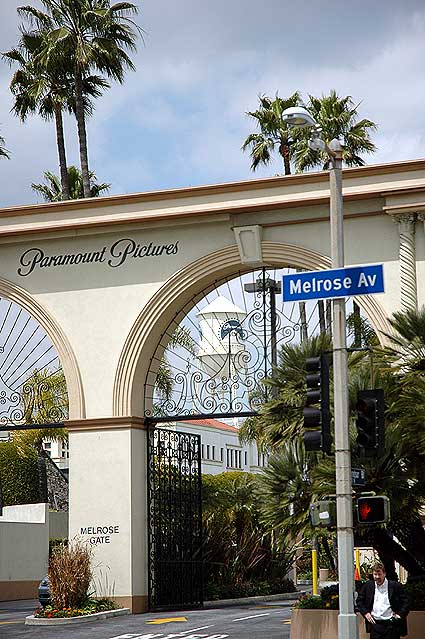
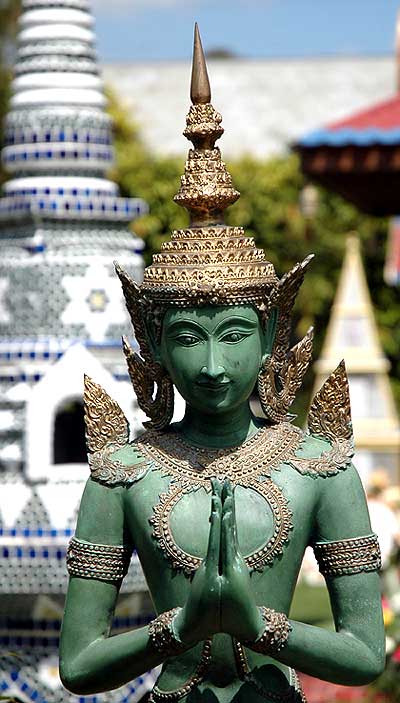 Thursday, April 6th, was a photo excursion - off to document Hollywood stuff, Paramount Studios down on Melrose, and more of old Hollywood, the dead celebrities at Hollywood Forever Memorial Park. There really is such a place, honest - it's a massive cemetery behind Paramount's back lot. Those photos will be along in these pages tomorrow and beyond. Douglas Fairbanks and Junior's thing is quite impressive, as is Cecil B. DeMille's site, but then he founded Paramount so that makes sense. I missed Mel Blanc, Don Adams and Peter Lorre. There was too much to cover. And there were botanicals to shot on the grounds. Then there was the process of editing the eighty shots - discarding the silly and out of focus, and modifying what was cool for web posting.
Thursday, April 6th, was a photo excursion - off to document Hollywood stuff, Paramount Studios down on Melrose, and more of old Hollywood, the dead celebrities at Hollywood Forever Memorial Park. There really is such a place, honest - it's a massive cemetery behind Paramount's back lot. Those photos will be along in these pages tomorrow and beyond. Douglas Fairbanks and Junior's thing is quite impressive, as is Cecil B. DeMille's site, but then he founded Paramount so that makes sense. I missed Mel Blanc, Don Adams and Peter Lorre. There was too much to cover. And there were botanicals to shot on the grounds. Then there was the process of editing the eighty shots - discarding the silly and out of focus, and modifying what was cool for web posting. 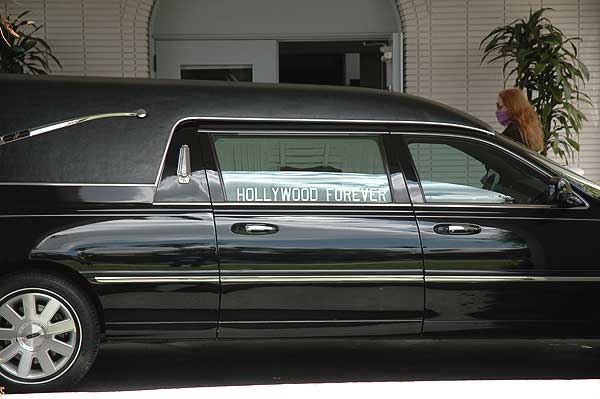
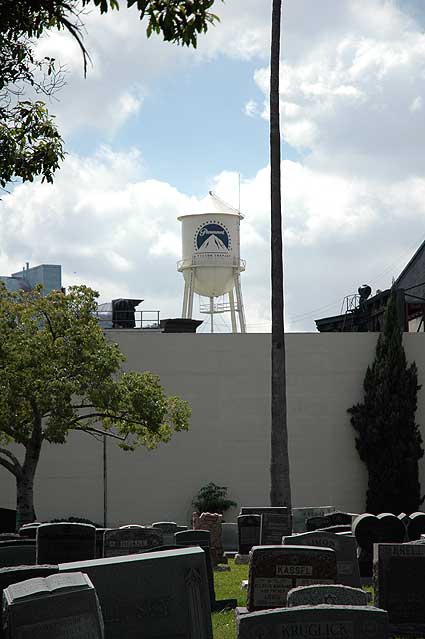
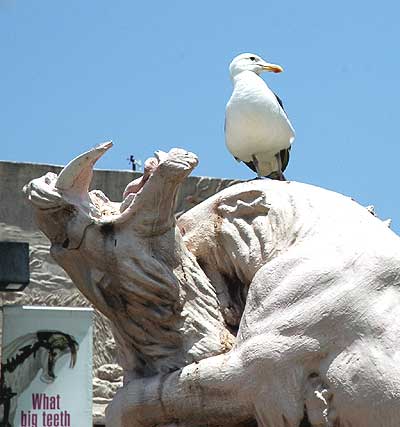 Los Angeles is a diverse place, where it's live and let live, and you disregard differences. The recent Oscar-winning movie Crash had it all wrong. Best Picture? We're not at each other's throats, full of not very suppressed racial and ethnic distrust. Most everyone is just doing what they do - off to work, home to the family, shopping for groceries and all the rest. We even talk to each other. But "message movies" need settings, and for this one Los Angeles was good enough (see the county's demographic profile in the tables here).
Los Angeles is a diverse place, where it's live and let live, and you disregard differences. The recent Oscar-winning movie Crash had it all wrong. Best Picture? We're not at each other's throats, full of not very suppressed racial and ethnic distrust. Most everyone is just doing what they do - off to work, home to the family, shopping for groceries and all the rest. We even talk to each other. But "message movies" need settings, and for this one Los Angeles was good enough (see the county's demographic profile in the tables here). 